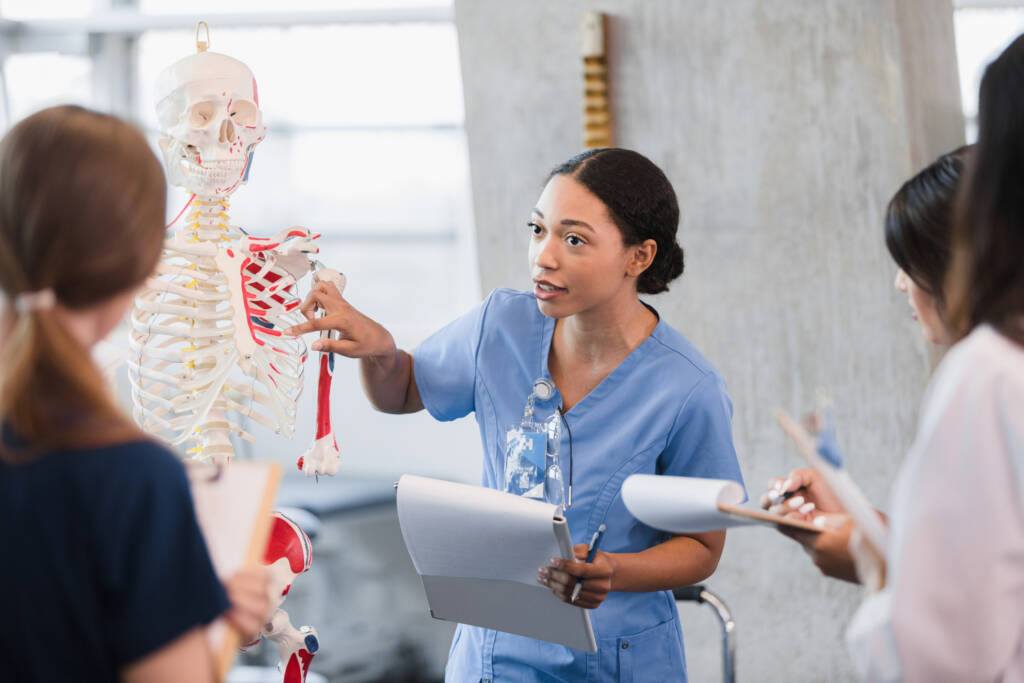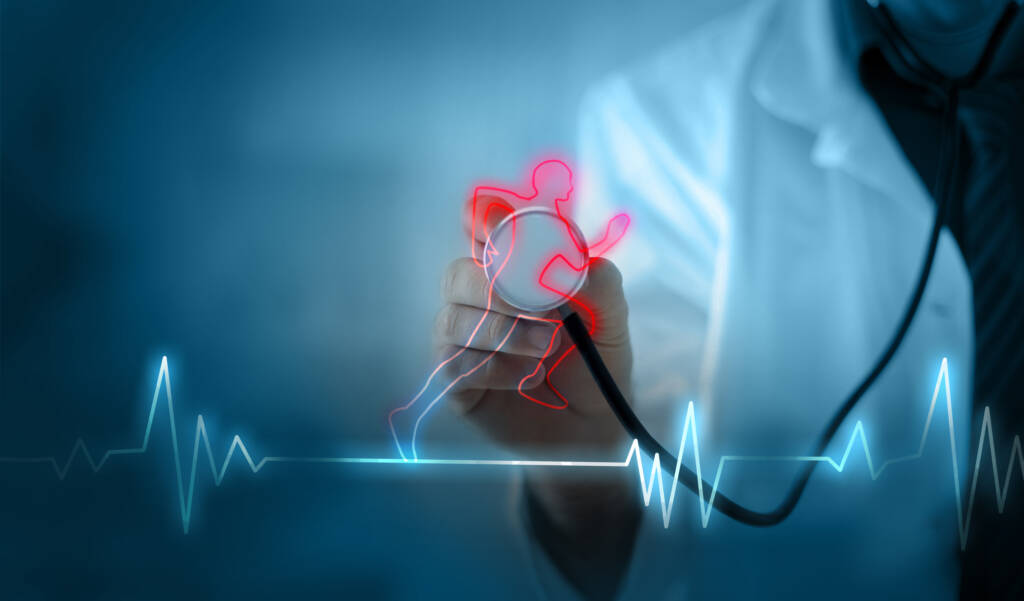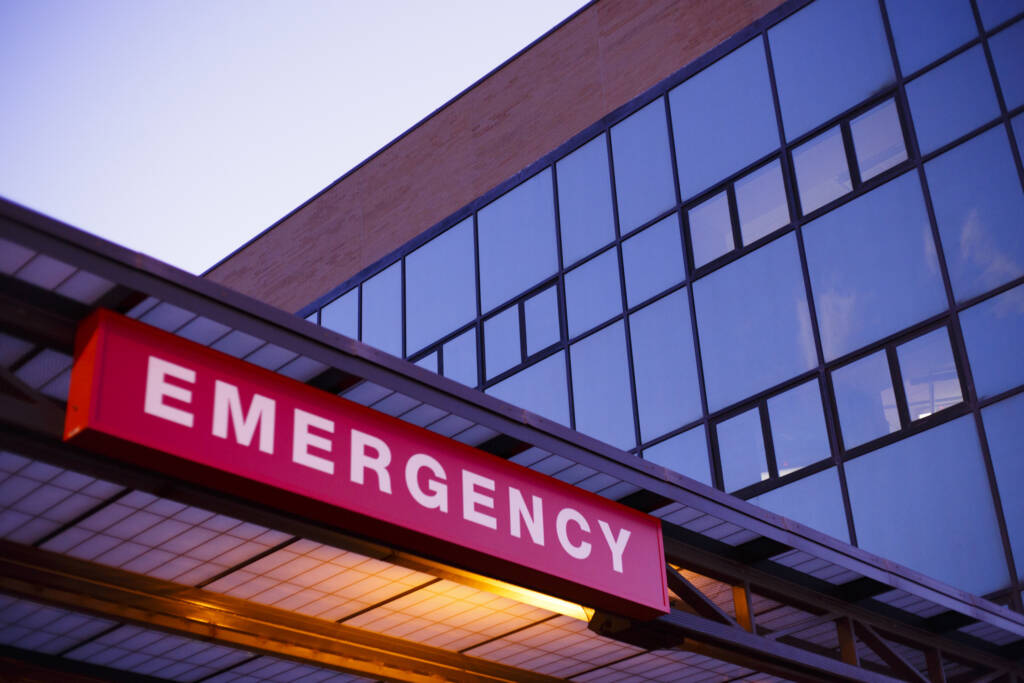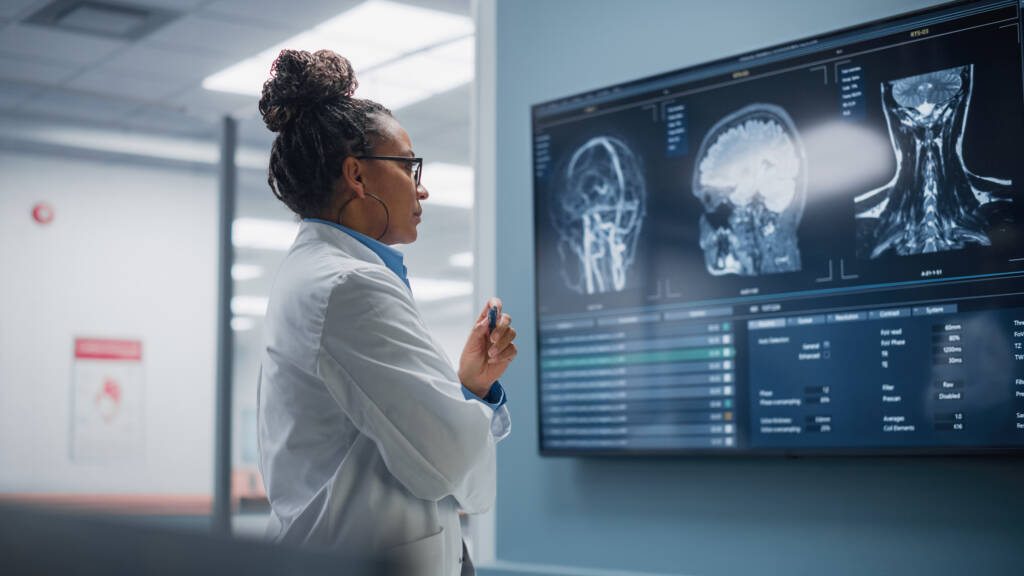
Sports Medicine 1b

You’ve warmed up those muscles and stretched your understanding of basic human biomechanics, but now it’s time to power forward your learning even further! In Sports Medicine 1b: Injury Prevention, you’ll expand your understanding of the human body to provide a greater context for injury in a variety of scenarios. You’ll learn how to evaluate an injury, onsite tests to perform, and when to refer a patient to a medical professional. You’ll also explore the anatomy of specific body areas to better understand injuries that may occur as well as ways to prevent injury. Are you ready to keep athletes functioning at peak levels? Grab your sports tape and let’s hit the field of sports medicine!
During this course, you will learn career-related skills and earn a badge for this accomplishment. A badge is a digital certification of your career-related learning that you can share on social media and higher education platforms, or with colleges, potential employers, peers, and colleagues. Select this link to learn more about badges.
Major Topics and Concepts
Unit 1 Body Organization
- Use anatomical position, body planes, and directional terms to describe body locations
- Apply knowledge of joint types to specific body locations to better understand ways of limiting injury and moving correctly
- Evaluate joint actions and range of motion for more effective and efficient movement with reduced possibility of injury
- Assess muscle locations based on origins and insertions
- Understand muscles and tendons and apply this knowledge to improving movement abilities and reducing the risk of injury
Unit 2 From Muscle to Movement
- Apply knowledge of the structural components of muscle and muscle contractions to joint actions
- Use the muscle action spectrum to analyze everyday actions and specific actions in sports
- Understand how working out leads to the potential growth of muscle fibers in size and number
- Recognize various types of muscle fibers in relation to exercise and sports movements
- Relate the force-couple relationship to muscle actions to increase the effectiveness of workouts
- Analyze workout pain involved to determine when pain means gain or injury
- Determine the types of joint component injuries that may lead to unhealthy pain
Unit 3 Injury Assessment
- Analyze the contributing factors to injury and the prevention of injuries
- Assess the tissues involved in musculoskeletal injuries, such as bones, cartilage, ligaments, muscles, and tendons
- Identify the signs and symptoms of distress in the cardiovascular, respiratory, and lymph systems
- Determine how the peripheral nerves in the myotomes, dermatomes, and reflexes are tested to determine nervous system function
- Understand how balance and proprioception aid in identifying nervous system problems
- Perform analyses of patient injuries to refer them to other professionals or to treat them onsite
Unit 4 Soft Tissue Injuries
- Understand what soft tissue is and what makes up the skin
- Identify closed wounds and open wounds, as well as other soft tissue injuries
- Define the types of maladies that involve the skin, including infections and other skin conditions
- Explain the healing process of soft tissues, from wound to scar and back to normal tissue
- Determine the best treatment protocols for soft tissue injuries
Unit 5 A Pain in the Neck
- Locate the bones of the face, head, and spine
- Establish the actions of the muscles of the face, head, and spine
- Characterize the types of injuries that occur to the face, head, and spine
- Distinguish types of injury to the head, neck, and spine based on signs and symptoms of the injured person and the manner of injury
- Determine a path to recovery for the injuries to the face, head, and spine
Unit 6 Chest and Abdomen Injuries
- Identify the bones and ligaments of the chest and abdomen to ascertain fractures and sprains in these areas
- Locate the muscles and tendons of the chest and abdomen that affect movement in these areas and may be strained or torn during extensive eccentric contractions
- Describe the organs and their locations in the chest and abdomen to reveal the potential dangers to injuries in these areas
- Determine the types of musculoskeletal injuries common in the chest and abdomen
- Understand the types and severity of injuries to the chest and abdomen
- Assess the injuries to the chest and abdomen using signs and symptoms to establish treatments that fit the severity of the injury
Unit 7 Upper Extremity Injuries
- Identify the bones and landmarks of the upper extremity
- Locate the muscles and determine the actions of those muscles of the upper extremity
- Establish the nerves and blood vessels of the upper extremity
- Determine the potential injuries of each of the joints of the upper extremity
- Assess the damage from the injuries of each of the joints of the upper extremity
- Analyze the best treatments for injuries in each of the joints of the upper extremity that will lead to the quickest and most complete recovery
Unit 8 Lower Extremity Injuries
- Find the bones, landmarks, and ligaments in the joints of the lower extremity
- Locate the muscles and tendons that move the joints in the lower extremity
- Identify the nerves that innervate the muscles and the blood vessels that serve the tissues of the lower limb
- Characterize the sports injuries that are common in the joints of the lower extremity
- Recognize the procedures for determining what tissues are injured in a joint so that they may be applied when injuries occur
- Understand what treatments are best for the various injured tissues in the lower extremity
Competencies
Body Organization
Students will demonstrate an understanding of body organization by describing body planes, explaining joint actions, and relating muscle locations.
The Muscular System
Students will demonstrate an understanding of the muscular system by describing the internal workings of muscles, explaining how muscles work together, and evaluating muscle pain.
Injury Assessment
Students will demonstrate an understanding of injury assessment by summarizing injury prevention strategies, evaluating types of injuries, and explaining injury reporting and treatment methods.
Soft Tissue Injuries
Students will demonstrate an understanding of soft tissue injuries by describing types of soft tissue injuries, explaining the soft tissue healing process, and comparing treatments for soft tissue injuries.
Head, Neck, and Spine Injuries
Students will demonstrate an understanding of head, neck, and spine injuries by classifying bones and muscles, describing injuries, and explaining assessment and treatment methods.
Thoracic Injuries
Students will demonstrate an understanding of thoracic injuries by classifying bones, muscles, and organs, describing injuries, and explaining assessment and treatment methods.
Upper Extremity Injuries
Students will demonstrate an understanding of upper extremity injuries by describing upper extremity anatomy, explaining injuries, and evaluating assessment and treatment methods.
Lower Extremity Injuries
Students will demonstrate an understanding of lower extremity injuries by summarizing lower extremity anatomy, describing injuries, and explaining assessment and treatment methods.

